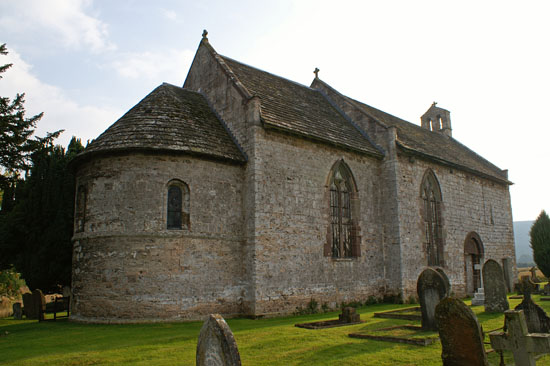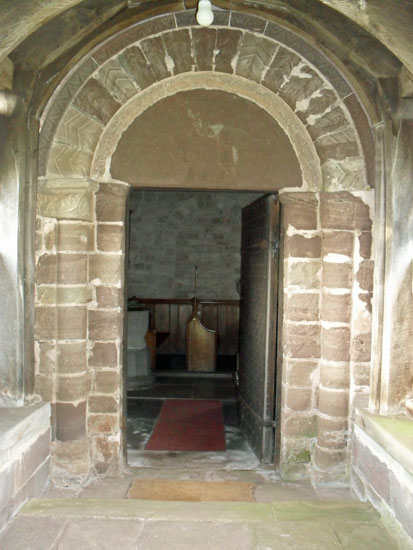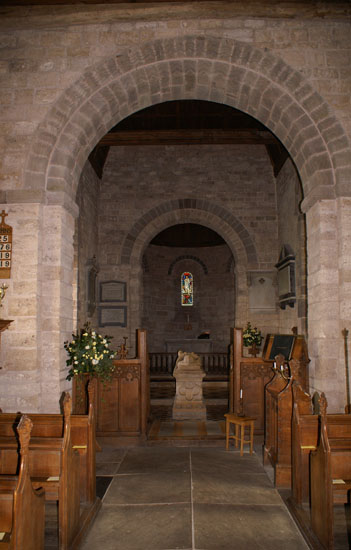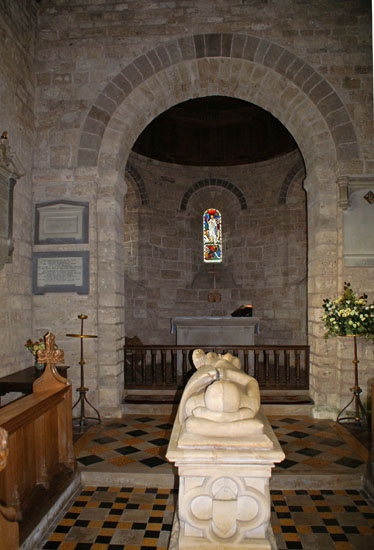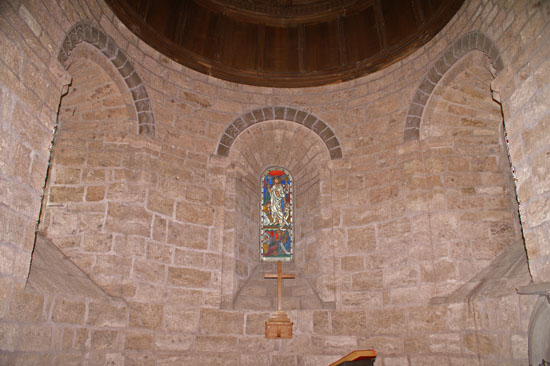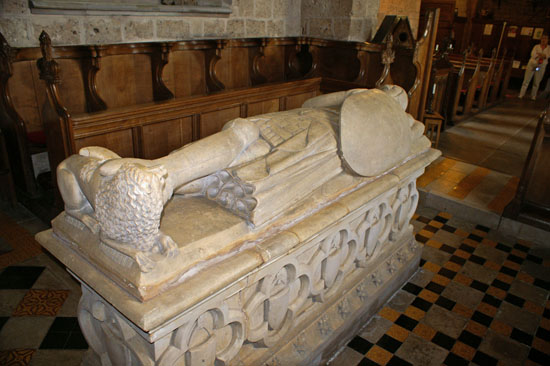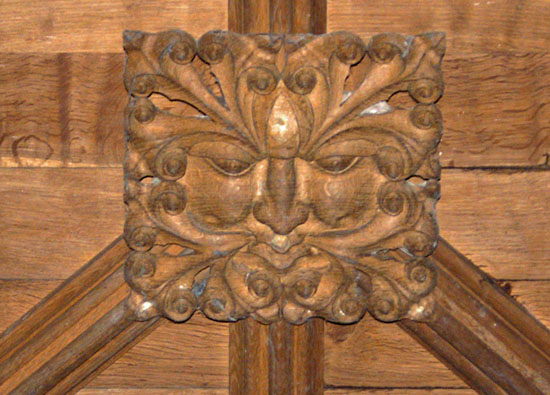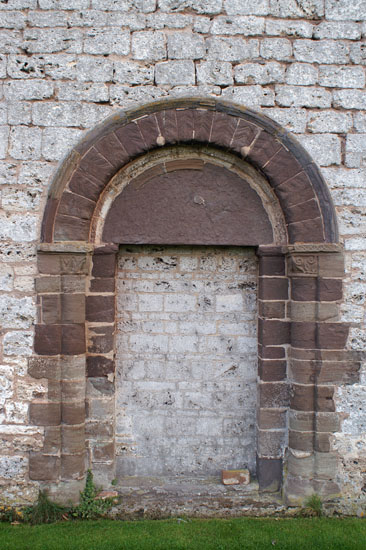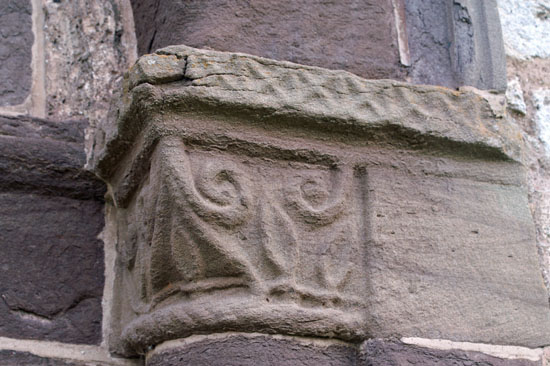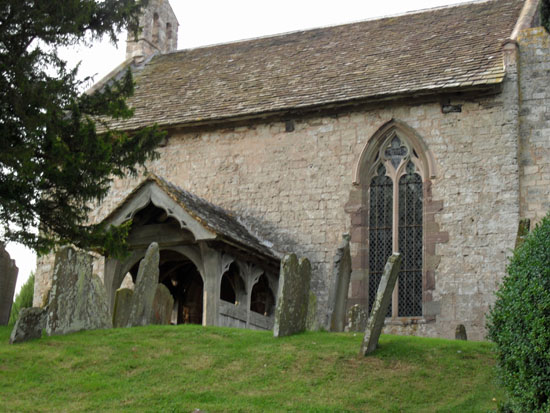|
Alphabetical List |
|
|
|
|
|
|
|
County List and Topics |
|
|
|
Please sign my Guestbook and leave feedback |
|
|
||||||||||||||||||||||||||||
|
The arch to the apse is almost identical. The chancel is dominated - indeed overcrowded - by a knight’s effigy that has been placed squarely in its centre. This is believed to be of Hugh de Fresne who died in 1375. He was a crusader and so is shown with crossed legs. The c13 and c14 windows in the chancel show the de Fresne arms in their stained glass. The apse is the original, windows and all, although George Gilbert Scott Jr did quite a lot of restoration. The organ dominates the west end, and it is a remarkable thing. Gillbert Scott designed it and Thomas Kempe (not be to be confused with Charles Eamer Kempe, the celebrated Victorian stained glass window artist) painted it. |
|
|
|
||||||||||||||||||||||||||||||||||||||||
 |
 |
|
The south door capitals are badly eroded, but you can still see the leaf moulding on the left hand capital.. This motif is repeated on the north door. |
|
|
||||||||||||||||||||||||||||||||||||||||||||||||||||||||||||||||||||||||||||||||||||||||||||||||||||||||||||||||||||||||||||||||||||||||||||||||||||||||||||||||||||||||||||||||||||||||||||||||
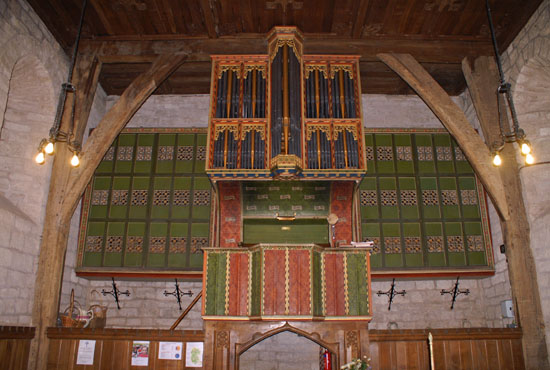 |
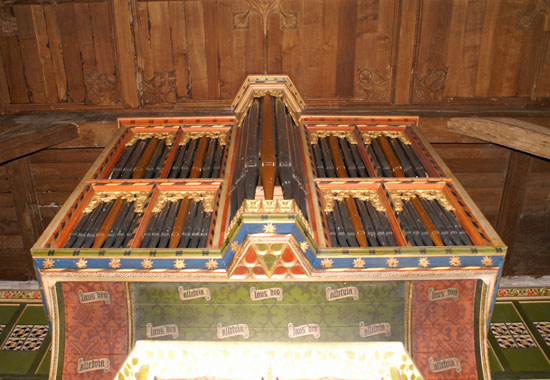 |
|
Any church would be proud to possess this wonderfully-decorated organ. |
|
|
|
||||||||||||||||||||||||||||||||||||||||||||
|
|
||||||||||||
|
Footnote 1 |
|||
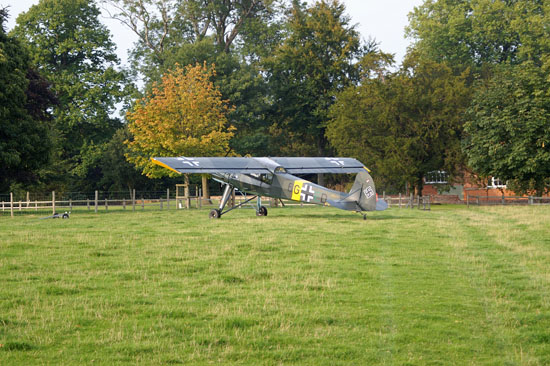 |
|||
|
It’s not every day that you see a part of the Luftwaffe parked next to a parish church! I immediately identified this as a Fiesler Storch of WWII vintage, a spotter plan that was similar to the RAF’s Westland Lysander. I did some research and was slightly disappointed to find that it is a 2/3 size replica manufactured in the Czech Republic (I think!). It is privately owned and presumably uses the lovely parkland here to take off and land. It was a rare treat to be able to walk around and photograph this gorgeous machine. |
|
Footnote 2 |
|||||
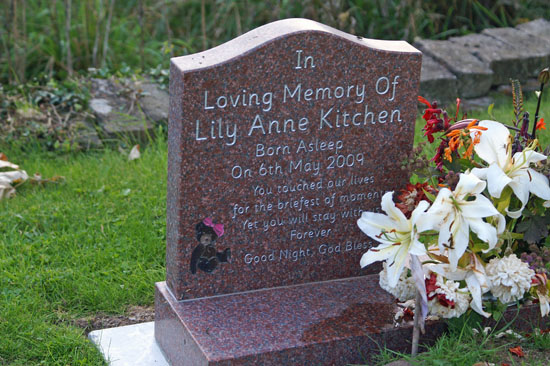 |
|||||
|
No commentary needed for this picture, I guess. Spare a moment’s thought for Lily Anne and her parents if you visit this church. |
|||||
